9. Cadillac Records (2008)
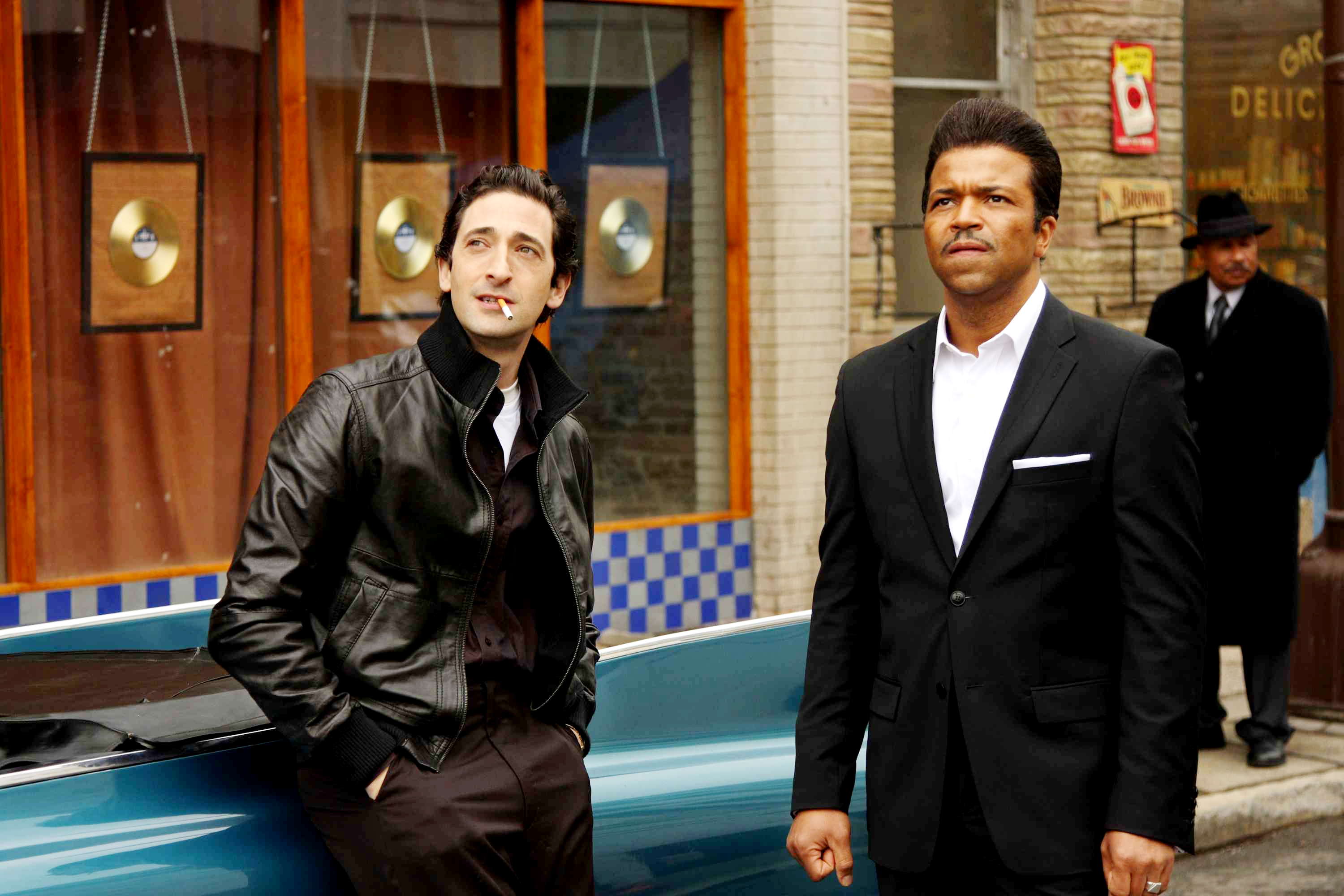
Chicago’s assignation as “Home of the Blues” is a bit of a misnomer. What Chicago really is would be most aptly called “the Adopted Home Town of the Blues.”
A musical biopic of not just Chess Record Executive, Leonard Chess, but of Chicago in the 1950’s and ’60’s, when southern blues musicians migrated up north in search of the city’s then almost limitless economic opportunity, spending their week in a factory, then plugging into an amplifier on Friday and Saturday night’s and infusing a new electric excitement into the rural born traditions of the blues.
Excellently acted, with Mos Def and Jeffrey Wright shining brightest playing Chuck Berry and Muddy Waters, respectively.
The film’s executive director, Beyonce, is equally thrilling, playing Chess Record’s tortured soul siren, Etta James.
One slight criticism, fans of the legendary blues and soul label have every right to ask: How in good conscience are you gonna make a movie about Chess/Checker Records and not have a Bo Diddley character in the film?
10. Ordinary People (1980)
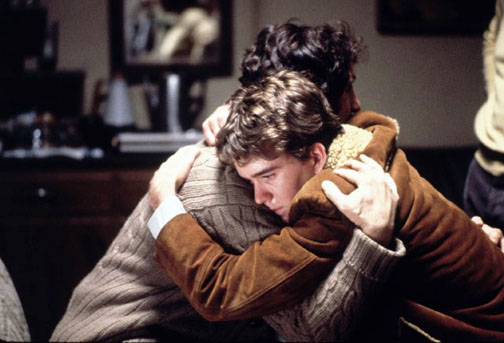
“Mo’ Money, Mo’ Problems”
Yeah, the bullets and taxes are equally lethal down in Chi-Raq but the rich white folk up on the North Shore got their own reasons for singing the blues. For one thing, even on a Sunny day, the Lake can be a bloodthirsty bitch goddess that is no respecter of class- not the least bit afraid to drown both rich and poor.
Donald Sutherland gives a brilliant low key performance as a stock broker who loves his troubled teen age son (Timothy Hutton) and is in the process of falling out of love with his superficial and emotionally distant wife (Mary Tyler Moore). Elizabeth McGovern makes yet another appearance on this list as a sensible Irish Catholic girl love interest.
The real star of this film are the North Shore suburbs that serve as the film’s back drop. Lake Forest, in particular, has an almost New England like ability to seem like it only exists during the Fall. Leaves skip down the street bathed in what John Steinbeck once called “butter colored sunlight”and even the fucking Lake Forest McDonald’s looks like the love child of Boston’s Old North Church.
11. Ferris Bueller’s Day Off (1986)
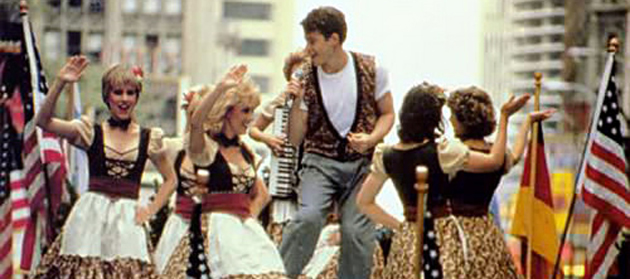
WXRT (Chicago’s Finest Rock) has a long running regular feature called “Going to the Show with The Regular Guy” in which a film critic Everyman reviews films in an exaggerated Chicago accent similar to Saturday Night Live’s “Bill Swerski’s Super Fans” sketch.
The Regular Guy once theorized that the “Day Off” experienced by Matthew Broderick’s “Ferris” is a physical and temporal impossibility. There is almost no way to leave the suburbs by mid morning, park the car, have lunch downtown, hit a Cub game, the Art Institute, the Sears Tower and the German Day parade and still work your way through the spirit sapping Chicago drive time and get back to the suburbs by supper, even if you are driving a Ferrarri.
There are people who have never managed to work all those experiences into an entire Chicago lifetime.
It matters not, of all the cinematic mash notes Hughes composed to Chicago, this is the filmmaker’s most perfect, an exhilarating synthesis of sight (Tak Fujimoto, who also lensed Terrance Mallick’s Badlands and Jonathan Demme’s Silence of the Lambs) and sound (New Order, the Flower Pot Men) that can proudly stand sternum to sternum with Woody Allen’s Manhattan as a cinematic testament to a great city’s civic pride.
12. Breakfast Club (1985)
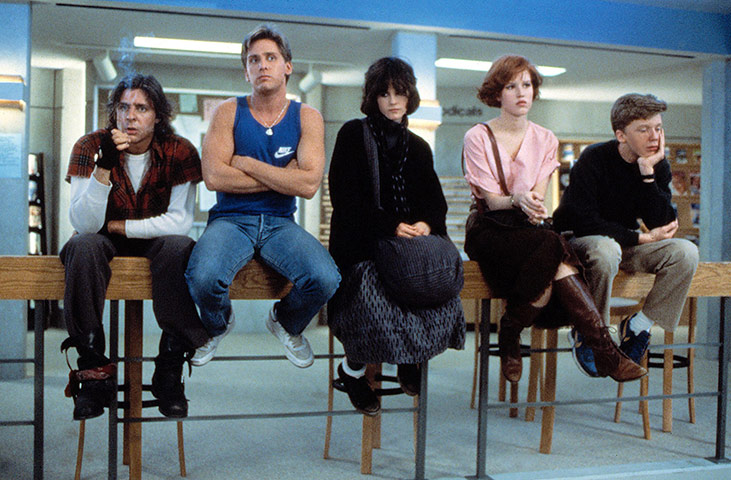
Arguably the master work of jukebox cinema’s St John Hughes.
Like fellow traveler and rock n’ roll poet, Chuck Berry, Hughes understood that the best way to engage people in great numbers is to celebrate the experiences we pretty much all have in common. As Berry once said “We all fall in love, or want to, and we all go to school.”
Hughes brilliantly took the court room drama 12 Angry Men, jettisoned the court room, flensed the cast down to 5 teenage archetypes and set the film in a sprawling suburban high school library during Saturday in-school detention.
Entertainment Weekly determined ‘B-Club to be the greatest ever film made about high school. Book it. In other news, energy equals mass multiplied by the speed of light, squared.
The only reason thing that negates this film’s inherent Chicago-ness is that though this library is located in the fictional suburb of Shermer, Illinois, it could be anywhere in America, on Earth, etc.
13. Man With The Golden Arm (1955)
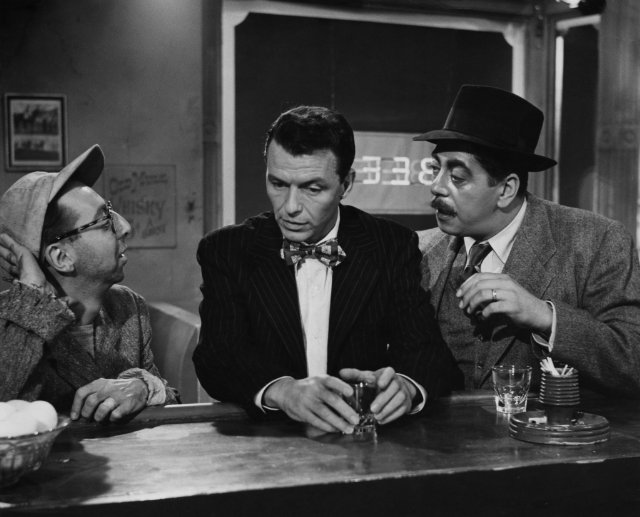
Joe Strummer of the Clash once fired their talented drummer Topper Headon because he was addicted to heroin. Strummer’s concern was, not so much that someone they cared about was ensnared in a destructive lifestyle, but that heroin was more of a “horn section drug.”
In this film, Frank Sinatra is a jazz drummer from Chicago’s Humboldt Park neighborhood who is probably hooked on the aforementioned horn section drug. It was the ’50’s and the filmmakers could only really hint at what sort of libation might make those “Ol’ Blue Eyes” go all glassy.
Based on a National Book Award winning novel by Nelson Algren, Algren was Chicago newspaperman GOAT Mike Royko’s very favorite Chicago author. Algren’s characters tended to be stoop shouldered losers. Lost souls, who Royko once mused would respond to Chicago’s confident maxim “I will” “with a pained and uncertain, ‘But what if I can’t?”
14. Qwerty (2012)
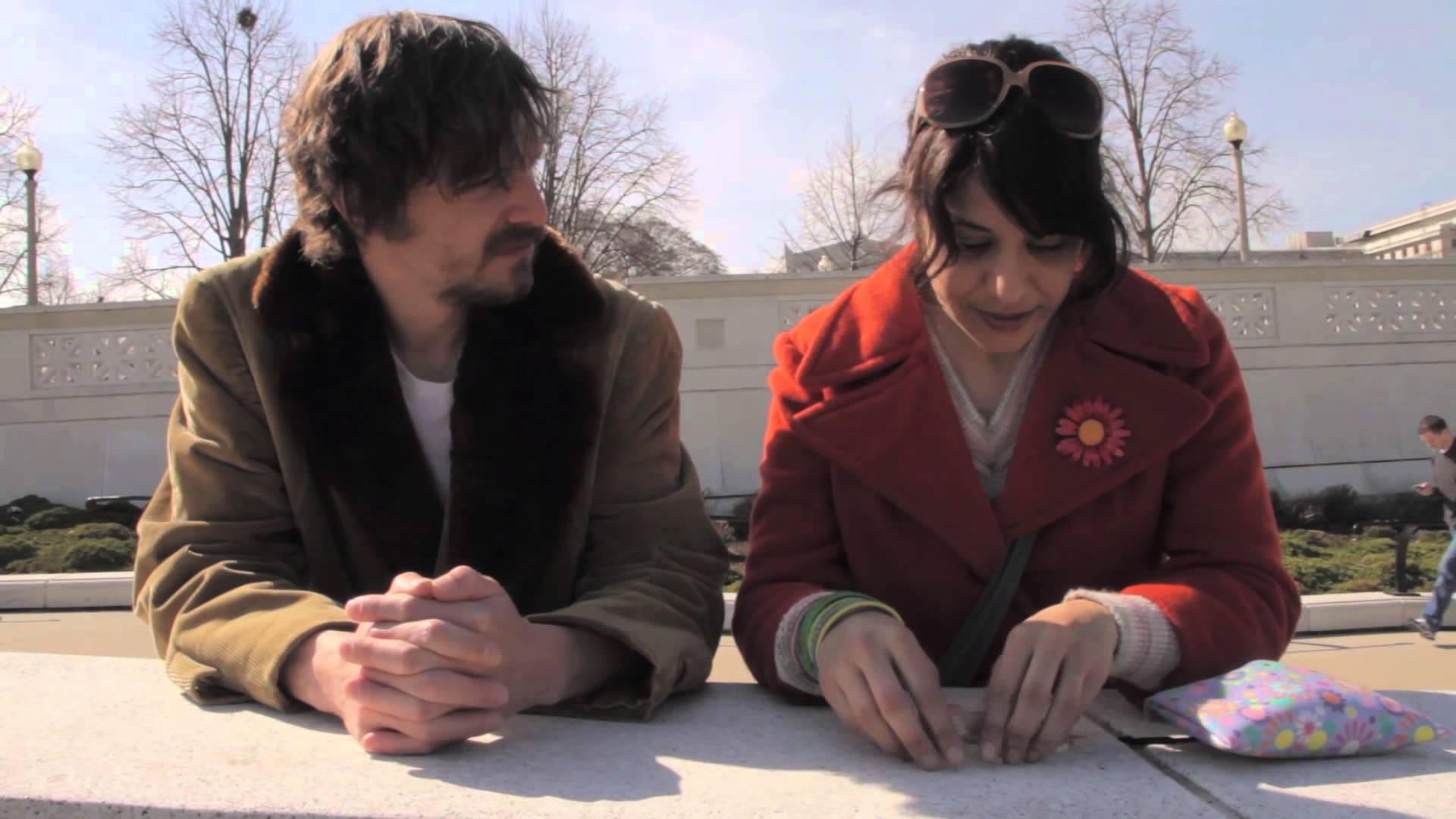
A lesser known independent feature written by a junior college professor and produced by an record store owner from the North Suburb of Libertyville.
The film relied a little too heavily on its Scrabble championship conceit (which strains toward believability on an Indy budget) and occasionally uses software to make suburban malls look like genuine urban shooting locales.
Still, this charmer got a 3 star review from Chicago’s own Pulitzer Prize winning film critic, Roger Ebert. By comparison, Ferris Bueller’s Day Off only convinced Ebert to part with 2.5 stars.
The romance at the heart of this film is nurtured in between suicide attempts along Chicago’s iconic Lake Michigan breakwater. Like all solid rom com’s this film is built up with strong characters, the most interesting of which is the religious homeless man that camps out in a tent in the yard of the central couple’s condo.
15. The Fugitive (1993)
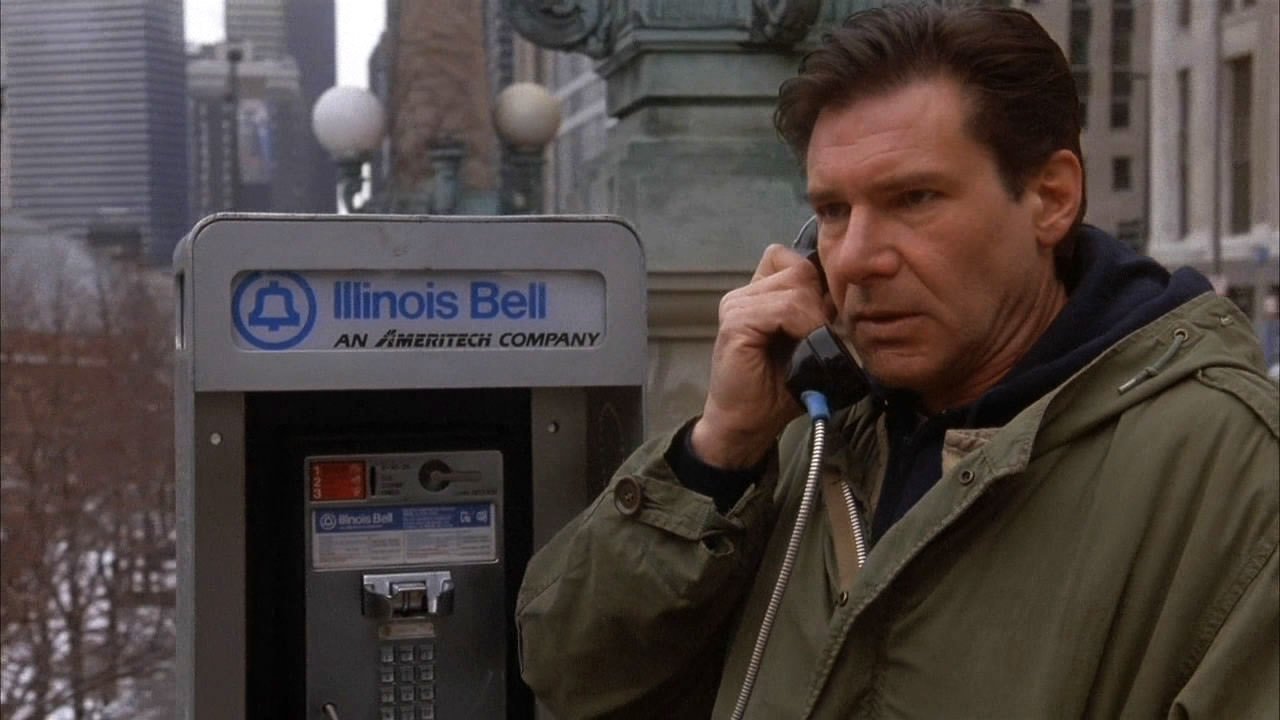
Big ass, big budget filmmaking with Chicago used as its living, breathing, smoke stack belching, matte painting.
The most Chicago scene in this popcorn flick is when Harrison Ford’s character of “Dr Richard Kimble” eludes the U.S. Marshals by appearing to be just another middle aged white guy in a green plastic bowler during the city’s massively over celebrated St Patrick’s Day parade.
In this cinematic retelling of the classic television series, the murderous “one arm man” is even a corrupt ex-Chicago cop that lost said arm in “the line of duty.” Considering some of the chicanery the Chicago PD get up to, best not to speculate where that arm ended up.
16. Adventures In Babysitting (1987)
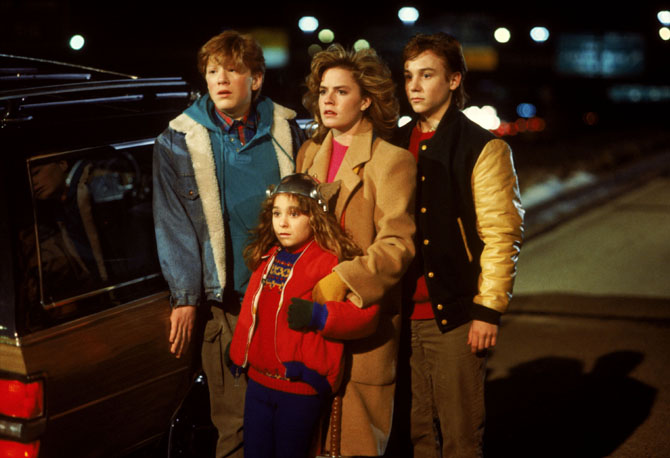
You keep thinking that you’re watching one of John Hughes weaker efforts but what you’re really watching is a pretty high quality Hughes knock off, the cinematic equivalent of a decent caliber lunchroom cafeteria cheeseburger. Just add a dollop of ketchup, don’t look too hard at the pockmarked surface of the patty.
Cafeteria cheeseburger or not, young Chicago area native Elizabeth Shue is a feast for the eyes in this film and a little later down the pipe Shue would even prove she could act: Leaving Las Vegas, Dir Mike Figgis, 1995.
Despite some corny jokes, this film has an excellent blues and soul soundtrack and makes wise use of its talented cast of then acting newcomers such as Vincent D’onofrio, Brad Whitford and Penelope Ann Miller.
Alligator recording artist, blues man Albert Collins, steals the film in a cameo. “Nobody gets off this stage without singing the blues. And the architecturally ambitious Crain Communications Building makes its film debut during an action sequence near the film’s climax, though the prospect of then 10 year old actress Maia Brewton falling 41 stories to her death would have irked Chicago’s other preeminent film critic, the late Gene Siskel, who had an ethical qualm about movies that depicted children in danger.
17. Continental Divide (1981)
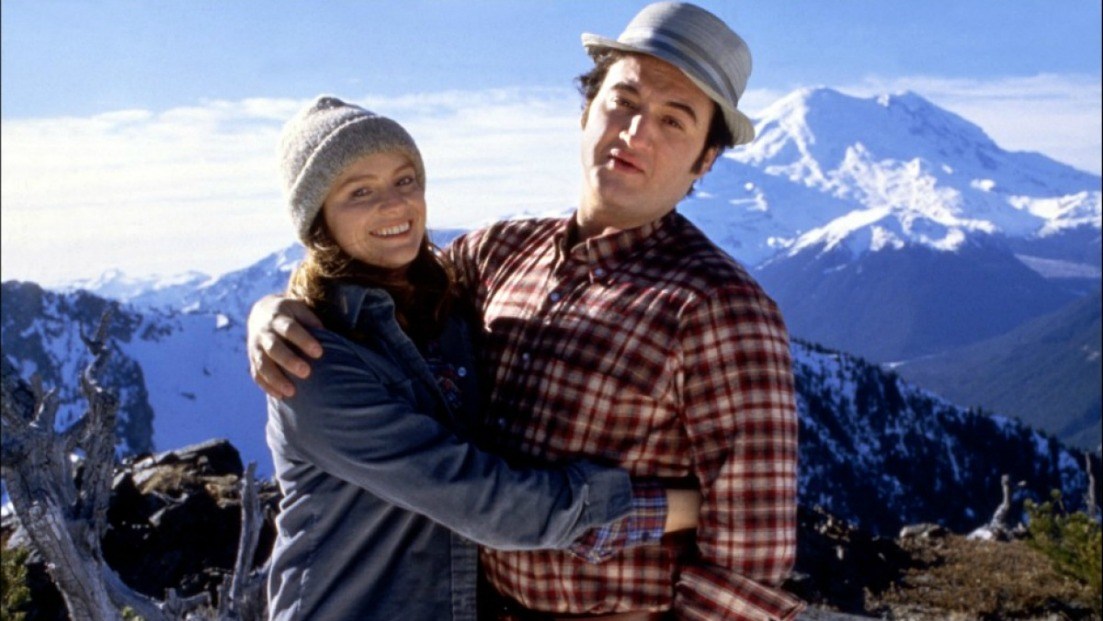
Based loosely on the life of all time great Chicago newspaperman, Mike Royko. That this tepid rom com has any kind of resonance at all is a testament to the charisma and charm of the late John Belushi.
The comic superstar’s mirthless biographer, Bob Woodward, (Author of Wired: The Short Life and Fast Times of John Belushi) called the original Lawrence Kasdan penned script for this film a “legend” in Hollywood circles.
For whatever reason, very little of that alleged “legend” filters down into the finished product. The film’s core romance and its fish out of water storylines are uninteresting and “‘Divide” features one of the most ham fisted instances of foreshadowing ever committed to celluloid.
Early on in the film, one of Belushi’s character of columnist Ernie Souchak’s sources, without much in the way of prompting, points toward a fire escape and tells Souchak “You’d never catch me up there, I’m afraid of heights.”
You don’t need to be a seer the caliber Miss Cleo to guess that the character will meet his demise by falling from said fire scape by film’s end.
Forget falling in love with a Wyoming based ornithologist. The film is at its most compelling, and would have been much more entertaining in general, if the meat of the picture had been Belushi playing a newspaperman taking on the corrupt Chicago political machine.